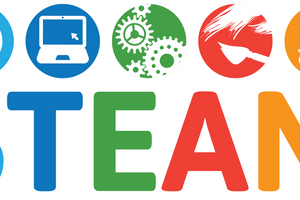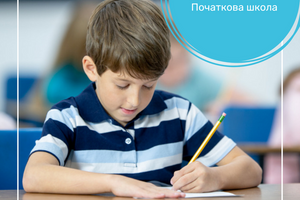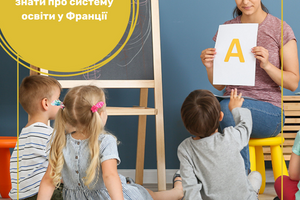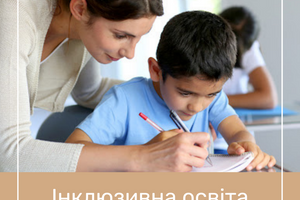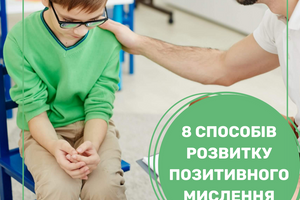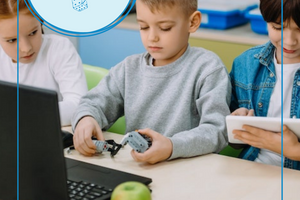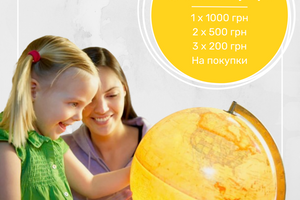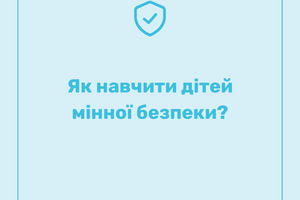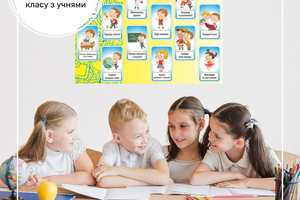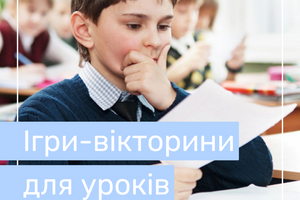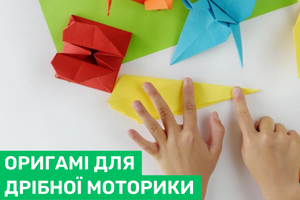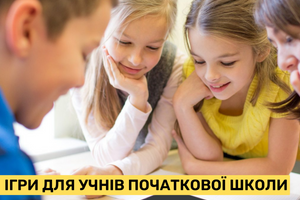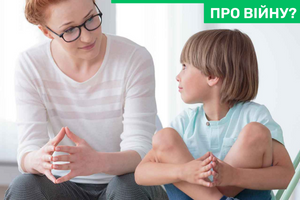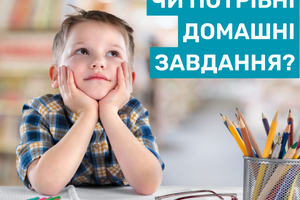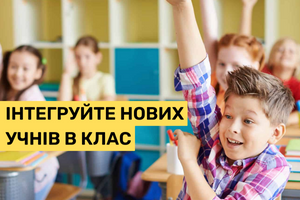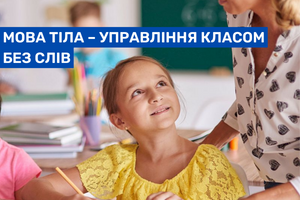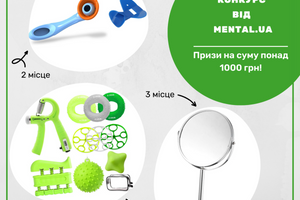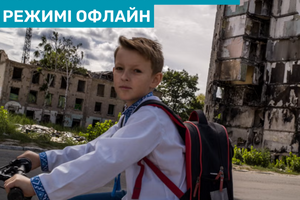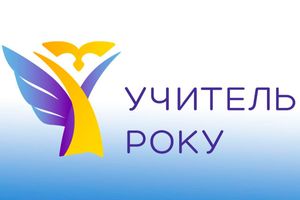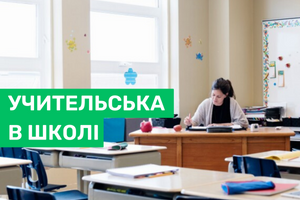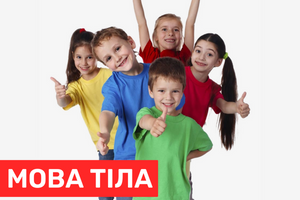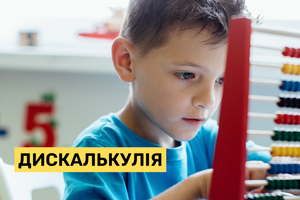ChatGPT has been on everyone's lips since its release in November 2022. No wonder, because the chatbot capabilities are already impressive, and they make it clear that even if ChatGPT is in its infancy and still has its flaws, AI will have a big impact on how we live, learn and work in the future.
Schools have challenges ahead, but this tool also brings benefits to the classroom - both for the students and for you!
ContentWhat is ChatGPT?
What can ChatGPT do?
What are the disadvantages of the program?
Ideas for use in class
ChatGPT as a daily assistant for teachers
Will ChatGPT change school learning?
What is ChatGPT?
ChatGPT is a free artificial intelligence (AI) based chatbot. You can ask a question or task and it will answer you in natural language just like a normal conversation. Questions can be used to clarify and deepen answers.
What can ChatGPT do?
Research: Unlike search engine results, you get the answer directly without visiting different pages. However, this can also have serious drawbacks (see next question)
Text messages: ChatGPT can compose different types of texts if it receives enough basic information from you
Solve problems: The tool also solves problems in mathematics, physics and chemistry
Summarize the texts
Translate texts
Answer programming questions
Brainstorming: ChatGPT can help gather ideas and discover new aspects
This makes ChatGPT a useful assistant for small tasks, but not yet a major AI breakthrough. But it might be enough to do your homework. However, students should not rely too much on the results, as the answers are not always correct.
What are the disadvantages of the program?
Currently only data up to September 2021 is used. So, AI is not quite modern
ChatGPT lies: if the tool doesn't find any relevant data, it makes it up
It is not known from which sources the information comes. Therefore, there is a risk of copyright infringement
ChatGPT is not a substitute for a search engine due to data limitations and may not always provide the most relevant and best results at the moment
Small changes in the wording of prompts (commands/questions to the AI) can lead to different or inaccurate answers
How to use ChatGPT at school
Ideas for use in class
writing partner
In Ukrainian language lessons, ChatGPT can become a tandem partner for writing exercises: students write e.g. the beginning of the story, then ask the tool to continue it with one passage. Then it's the students' turn again. The course of the story surprises even young authors, and they are forced to react to unexpected turns.
source criticism
You can make ChatGPT an artificial witness to historical events. Have the tool write a speech or letter from the perspective of a historical figure or someone who witnessed the event.
Students can first collect what they notice and what they think is good or bad: in most cases, the texts do not delve into the subject and are interchangeable. The class may also notice inaccuracies, errors, or inconsistent statements.
As a possible homework assignment, you can ask students to create their own version based on the text.
With the help of the task, students are trained to be critical of AI and at the same time consider the topic of the lesson.
exam preparation
Students can use this tool to ask questions and check answers on the topic they are studying for a test or test.
Upon request, ChatGPT provides additional response options or may elaborate on the response provided. Students can also be shown how to calculate math problems and understand them to prepare for the exam. The ability to annotate texts can also be useful when preparing for class tests.
practice debate
You give students a topic to discuss with the chatbot. First, they have to explain to the AI what they want to do. Here is an example of a possible request: “I would like to practice debating with you. The topic is animal testing. You accept arguments "for", I - arguments "against". What is your first argument?”
Students learn to respond to arguments and put forward their own arguments. The exercise can be carried out in individual, partner or group work.
Media literacy
The school will play an important role in preparing students to use new technologies to give them good opportunities in the professional world.
Like other digital media, ChatGPT should also be used in the classroom to teach media skills. Students must critically, competently and constructively relate to strengths and weaknesses, so as not to accept answers without thinking. Because: ChatGPT may provide false, inappropriate and biased responses!
ChatGPT as a daily assistant for teachers
But ChatGPT can also help you save time in your daily work! Here are some examples:
lesson planning
Let the tool design lessons for you. Tell ChatGPT the length of the lesson, the age of the students, the subject and the topic. You will get a rough plan. The result, of course, is far from perfect, but it is good as a source of inspiration. You can clarify the result upon request.
letters to parents
The tool is also suitable for creating text suggestions for letters to parents, for example for travel. It is also a good idea to have the letter translated into other languages, if needed.
differentiation
You can e.g. propose questions on the topic at different levels. You can also have texts formulated in plain language.
translations
Would you like to receive a text translation into Arabic, German or Latvian? ChatGPT can do this too.
multiple choice test
It's just as easy to create multiple-choice quizzes.
Will ChatGPT change school learning?
In the US, some schools have already banned ChatGPT. In Ukraine, teachers are also concerned about how the tool will affect schools and lessons.
(At this stage, it can be noted that the school is often a system that learns very slowly, which is not least shown by the example of digitalization. But let's stay positive.)
This opinion is shared by Sam Altman, CEO of OpenAI (source: GIZMODO , 01/20/2023). The school will have to adapt.
What should this adaptation of the school system look like? For several years, development has been moving more in the direction of advancing skills. This path still makes sense. ChatGPT can be a calculator-like tool that supports students, saves time when used properly, but cannot perform actual reasoning.
It is important that students learn how to work with ChatGPT and everything else that will come from the field of AI.









